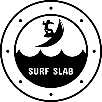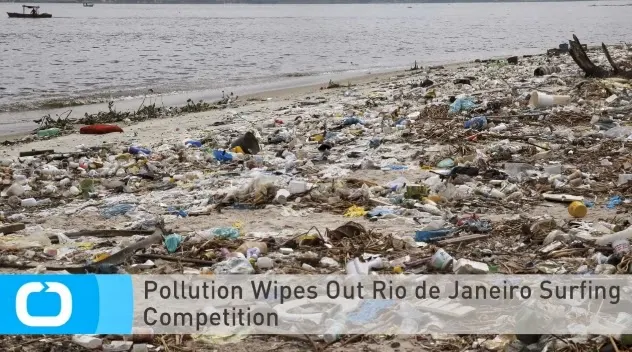RIO DE JANEIRO (AP) - A sewage-filled Rio de Janeiro beach has been removed from the list of venues for an upcoming surfing competition in the city, the World Surf League said Wednesday.
Spokesman Dave Prodan said in an emailed statement that Sao Conrado beach had to be removed as a competition site "due to pollution issues."
Sao Conrado had been a backup for the May 11-22 Rio Pro event, to be used in case of sub-par waves or other issues at the primary venue, nearby Barra da Tijuca beach.
Wedged between the high-rent Barra da Tijuca and Leblon neighborhoods and two "favela" hillside slums, Sao Conrado is among Rio's most polluted beaches. Much of the sewage from the slums flow untreated directly into the water. A ruptured sewage main has added to the problem in recent days, unleashing a malodorous fountain of untreated waste that is cascaded down a rocky outcropping and into the water, creating a huge brown stain.
The result of spotty infrastructure and chaotic urban planning stretching back decades, Rio's water pollution is in the spotlight ahead of next year's Olympics in the city.
An extensive cleanup of Rio's beaches, lakes, lagoons and its big Guanabara Bay, sites where Olympic aquatic events from sailing to rowing to open-water swimming are to be held, was marketed as one of the main legacies of the games. But with little progress on the promised cleanup, and with local and state authorities acknowledging the Olympic goals won't be met, athletes have begun to voice health and safety concerns about competing in the polluted waters.
In its statement, the World Surf League said it was confident that Barra da Tijuca beach "will deliver excellent conditions" as the primary site for next month's surfing event.
However, biologist Mario Moscatelli, an environmentalist who has been denouncing the state of Rio's waterways for decades, said water quality during the surfing competition will likely depend on wind and tides. Barra da Tijuca is near the spot where the sewage- and trash-filled Jacarepagua lagoon flows into the Atlantic. During low tide, wind can spread the brown patch of contaminated water to Barra da Tijuca.
Source: http://www.aol.com/




